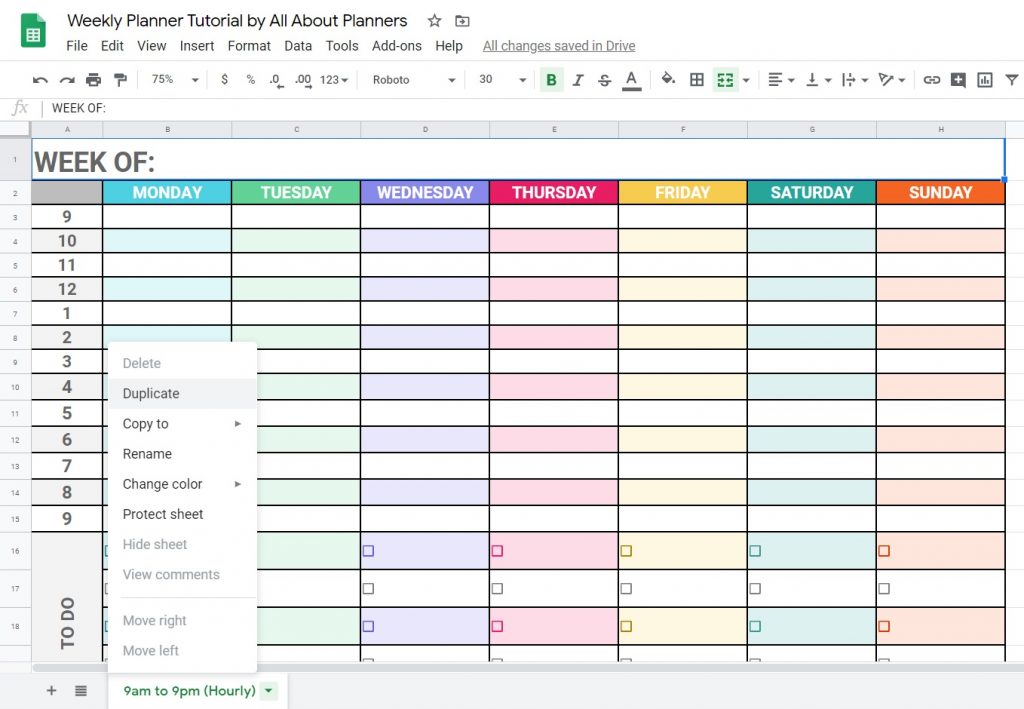

The formula will look like this: = YEAR( A2)ĭrag down the formulas to populate the rest of the cells in columns E:G. That formula will look like this: = WEEKNUM( A2,2)įinally, we’ll calculate the year of the date in cell G2. In cell F2 create a formula that calculates the week number of the date in A2. The formula will look like this: = WEEKDAY( A2,2) We’re going to start our weeks on Monday. In cell E2 create a formula to calculate the weekday of the date in A2. 0 (zero) is a standard Sunday – Saturday week. The lets you tell Excel when your week begins. You can specify any cell formatted like a date. The serial_number is the way that Excel stores the date.

The syntax for these functions is as follows: = WEEKDAY( serial_number, ) = WEEKNUM( serial_number, ) = YEAR(serial_number)

WEEKNUM() calculates how many weeks the date is into the current year. WEEKDAY() calculates the day of the week. Fortunately, Excel has functions for just those purposes. We’ll also check to make sure the dates appear in the same year. In order to calculate a Week-To-Date column, we need to be able to compare the week that each row occurs in and the day of the week for each row. How does a Week-To-Date calculation work? It starts at the beginning of the week and adds up all the rows that occur in the same week of the same year, up until the current day. When we are done with this exercise, we are going to hide the helper columns to make the spreadsheet easier for other people to read. It’s called a “helper” column, because while it helps get the result you need in the final column, it’s usually not useful by itself. To make the process simpler and make the formulas easier to understand, we’re going to use a number of helper columns to spread out the work and simplify the logic involved.Ī helper column is a column that calculates a number for use in other formula cells. We are going to add Week-To-Date, Month-To-Date, and Year-To-Date columns to this spreadsheet. We already have a % Completed column that is re-calculated for each day. There’s a row for each day with a date stamp, a list of tasks available and tasks completed. We seem to be looking at a basic date series.
GOOGLE SHEET WEEK NUMBER HOW TO
Let’s learn how to implement X-To-Date aggregate statistics using helper columns, Excel date functions, and SUMIFS. Aggregate statistics like Week-To-Date, Month-To-Date, and Year-To-Date performance data can often be easier to read and tell you more about what’s actually going on. It is difficult to tell, at a glance, whether performance indicators are trending upwards, downwards, speeding up, or slowing down. When you are working with date-stamped data imports, the volume of information can be overwhelming.


 0 kommentar(er)
0 kommentar(er)
